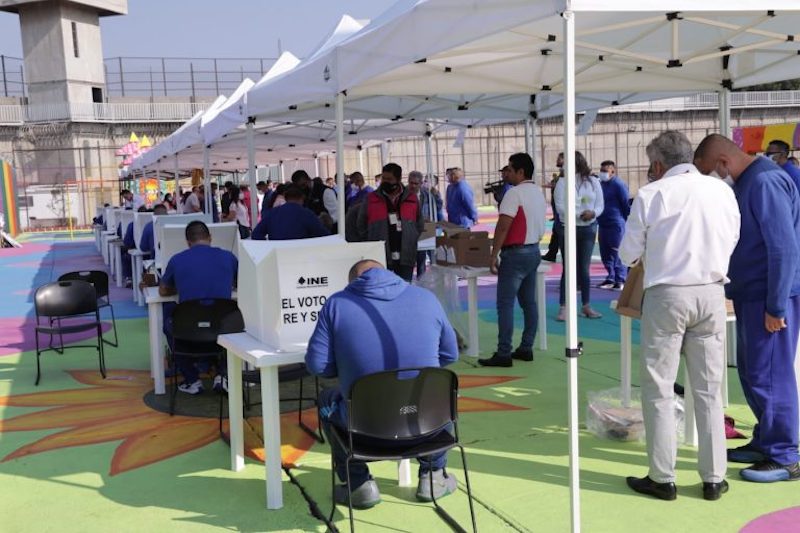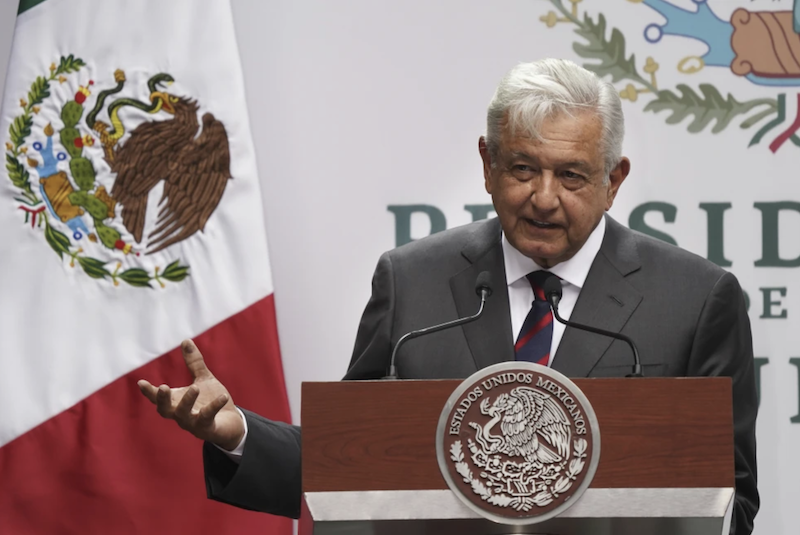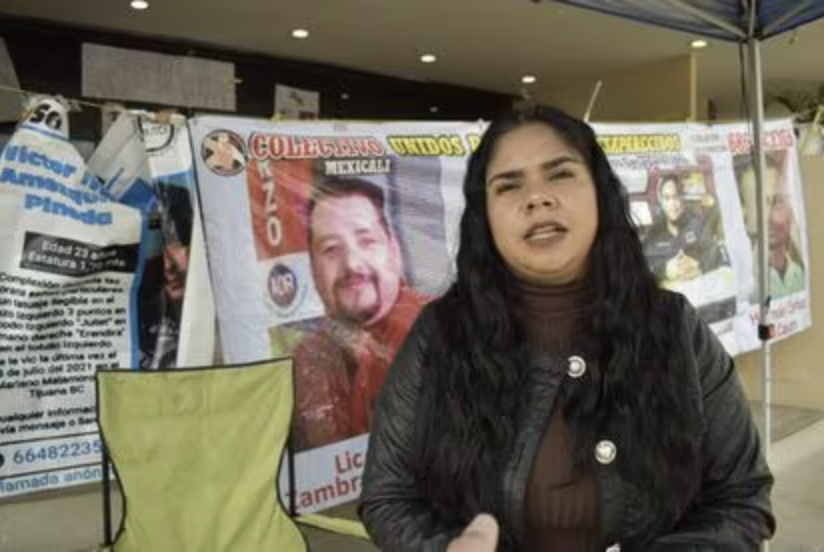
10/04/13 – October 2 marked the 45th anniversary of the massacre of students in the Three Cultures’ Square (Plaza de las Tres Culturas) in the Tlatelolco neighborhood of Mexico City (Distrito Federal, DF). As has been tradition every year, thousands of students, activists, and teachers, among others, organized a march to remember the tragic killing of hundreds of people in 1968. While drumming the chant “October 2 is not forgotten” (“dos de octubre no se olvida”), the protest, headed by the 68’s Comitte (Comité del 68), was originally planned to arrive at Mexico’s main square, Zócalo, but due to police blockages and confrontations had to change its route various times. It finally made its way to the Angel of Independence on the famous Reforma Avenue, directly in front of the U.S. Embassy.
Outside of the core protesters who conducted themselves peacefully, groups of unmasked individuals labeled as “anarchists” joined the contingent and engaged in several confrontations with police. According to the Small Business’ Chamber of the DF (Cámara en Comercio en Pequeño, CanacopeDF), as events escalated, nearly $50 million pesos (around $3.5 million USD) worth of damage was done to commercial establishments and shops, around 80 people were injured, and 100 people detained by police. In addition, journalists from national and international outlets were assaulted and their equipment was destroyed or damaged by both police and the unmasked “anarchists.”
The mixed allegations of police brutality and escalation followed the recent removal of a group of the Teachers Union (Coordinadora Nacional de Trabajadores de la Educación, CNTE) who had been camping out in Zócalo as part of a protest against the recently approved education reform. During that protest, teachers and civic leaders made claims of police brutality allegedly by the Federal Police (Policía Federal, PF), while others countered that factions within the protestors provoked the aggressive situation.

In the case of the 45th anniversary protest, although both the PF and DF police had planned a surveillance operation of the protest for October 2, only the DF police were actually involved in the confrontations and detentions. According to DF authorities, around 250 “anarchists” attacked police officers with Molotov cocktails, rocks, and sticks, and struck police officers already on the ground, while police countered with tear gas, shields, and batons. Authorities later released a list of the detained and the injured, among whom were 16 police officers.
While most media outlets identify the groups of “anarchists” as the initiators of the confrontations, several civic organizations such as #YoSoy132 and Artículo 19, denounced unjustified detentions and police brutality. Artículo 19, an organization that promotes freedom of press, designed a strategy to monitor the #2OctMx protest—as it has become known in social media—that showed the lack of protocols in place for police to follow when facing such situations. The organization claimed that 76% of the aggressions it documented during the upheaval were committed by police.
Media outlets and civic organizations have argued that the government infiltrated the protest with “snitchers” and halcones—undercover members of security forces that infiltrate social movements or protests—to instigate the violence. They also allege that many of the undercover agents carried out some of the detentions of the protesters. Still others claim that even more than the initially estimated 100 people detained have been taken into custody, though those individuals have yet to be documented as detained.
The annual protests on October 2 commemorate the massacre of a still unconfirmed number of students, civic leaders, and by-standers in 1968 during the presidency of Gustavo Díaz Ordaz. The massacre ended a movement that began as more simple anti-repression claims by Mexican students, but that evolved into widespread demands for freedom and democracy. Only ten days before the Opening of the 1968 Olympic Games in Mexico City, snipers and infantry of the Mexican Army (Secretaría de la Defensa, SEDENA) were deployed to the Three Cultures’ Square where they opened fire against protestors, who were allegedly countering with similar aggressive acts. It came out later that the escalation was instigated by the Olympia Battalion (Batallón Olimpia), a group of halcones of the now-defunct Federal Security Office (Dirección Federal de Seguridad, DFS)—considered to be the political police of the Mexican regime. At that time, the DFS was an institution under the umbrella of the Ministry of the Interior (Secretaría de Gobernación, SEGOB), which was headed by Luis Echeverría who later went on to become the President of Mexico and who is believed to be the mastermind behind the 1968 operation. There are strong reasons to believe that both the Army and the halcones carried out hundreds of killings and forced disappearances that night in Tlatelolco.
Sources:
“Más de 80 heridos y un centenary de detenidos #2OctMx.” Animal Político. October 3, 2013.
Páramo, Arturo. “Deja pérdidas por 50 mdp marcha del 2 de octubre.” Excélsior. October 3, 2013.





Pingback: Activist who documented #2OctMx protest sentenced to five years, nine months in prison | Justice in Mexico